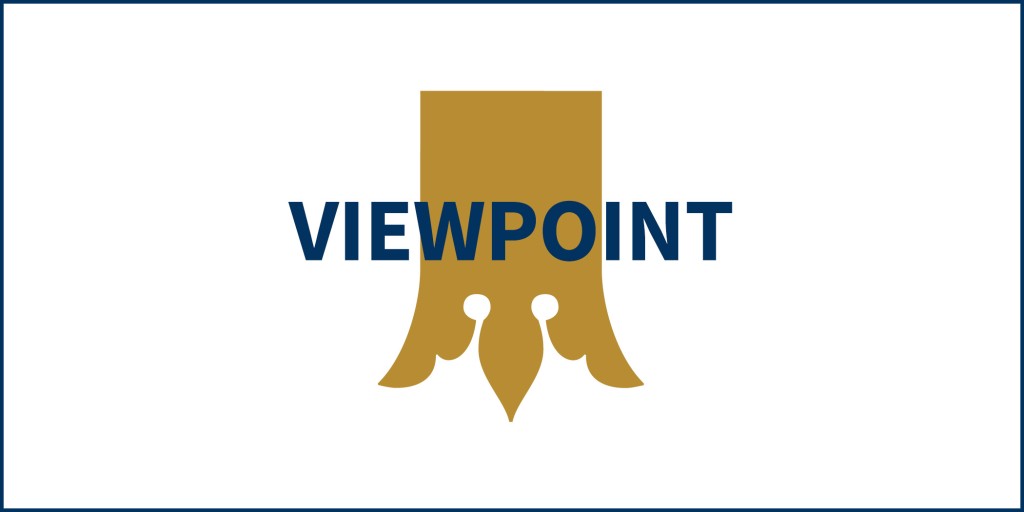You have free articles remaining this month.
Subscribe to the RP Witness for full access to new articles and the complete archives.
Incomparable. On the heels of a global pandemic, with some restrictions still in place and yet with the option of videoconference participation, this year’s meeting of the RPCNA Synod is without peer. Perhaps the greatest challenge was time stewardship, especially with two years of judicial matters to decide and no option to extend the dates.
I try not to express much opinion about how a given Synod went, but I feel compelled this year to say how obvious it was that God’s people were praying and how obvious it was that God answered prayers. Moderator Bruce Parnell brought the precise mix of gifts, including calm but firm wisdom, that was needed for this particular agenda. The judicial committee chairmen, the clerks, and the parliamentarians helped frame the issues for us and show clear paths that could be chosen (p. 12).
That didn’t mean everything was answered when Synod ended, nor did it mean everything valuable received attention. But there was certainly a lot of good stewardship in evidence throughout the week.
One of the great delights of serving Witness readers has been to discover the creative talents of our Reformed Presbyterian community, usually through the medium of news and feature writing. Every now and then we have broadened the call through our Creative Arts Contest, which we are announcing this month.
As an entrée to the contest, we are honored and blessed that two recognized artists contributed to this issue of the magazine. Read about Lauren Scavo-Fulk and her thoughts as an artist on page 6.
This month’s cover art, “The Way Through,” is by Zoë Welsh (zwelsh.com), a media painter whose studio is in Pittsburgh, Pa. She is married to James Welsh, the grandson of well-known RP missionary Sam Boyle (1905–2002).
For Zoë, “the painting process is a crucial element of enacting my faith in a tangible sense.” She says, “The act of ‘showing up’ to the creative process is not just about creative discipline, but the practice of cultivating space to be in the presence of the divine Creator; and what transpires on the canvas is a witness of His image in me and His hand over my life. Often, my work conjures up images of landscape. In these instances, I see the painting as a kind of map of where the Lord is moving in my life and within His grand story. It gives me threads of perspective that show how He has mended my life and my story, each painting part of one seamless tapestry. The act of painting provides an opportunity to make space for the full expression of my Christian faith by offering up my craft as a way to sit with suffering, to express longing, to grieve, to delight, to bask in joy, and to give thanks.”
